Gem Profile- Mother of Pearl
So, I have been sitting her singing "Molly Malone" to myself as I've been writing this week's Gem Profile. Why, you ask? Because this week we're learning about Mother of Pearl. Okay, so maybe "Molly Malone" doesn't really relate to Mother of Pearl, or MOP as we sometimes abbreviate it, but just wait and you may be humming along with me soon.
Pearls and Mother of Pearl
Most of us are familiar with the beauty and luster of pearls, and even the beauty and luster of Mother of Pearl, but what is MOP, how does it differ from pearls and how did it get the name "Mother of Pearl," are the questions we are going to attempt to answer. Pearls and MOP differ in only one aspect, and that is shape.
MOP is the inner lining of the shell of a mollusk that protects the little critter from bacteria, disease and helps to reinforce its shell against damage. To better understand how Mother of Pearl is formed, let's take a look at the development of the mollusk and the shell in which this soft-bodied invertebrate lives.
Pictured: Mother of Pearl Pendant wire wrapped by Joan Madouse in silver-filled wire and Linda Pope wrapped this abalone shell, carved in the shape of a fish tail, in gold-plated wire, embellished with Swarovski crystals. Linda Calls it "Whale of a Tail"!
Most of us are familiar with the beauty and luster of pearls, and even the beauty and luster of Mother of Pearl, but what is MOP, how does it differ from pearls and how did it get the name "Mother of Pearl," are the questions we are going to attempt to answer. Pearls and MOP differ in only one aspect, and that is shape.
MOP is the inner lining of the shell of a mollusk that protects the little critter from bacteria, disease and helps to reinforce its shell against damage. To better understand how Mother of Pearl is formed, let's take a look at the development of the mollusk and the shell in which this soft-bodied invertebrate lives.
Pictured: Mother of Pearl Pendant wire wrapped by Joan Madouse in silver-filled wire and Linda Pope wrapped this abalone shell, carved in the shape of a fish tail, in gold-plated wire, embellished with Swarovski crystals. Linda Calls it "Whale of a Tail"!


How Mother of Pearl Forms
The mollusk starts life in a soft shell that is a rounded oval called an umbo. This tiny animal quickly starts to outgrow the umbo and secretes nacre to expand its home. The nacre forms in concentric rings, like tree rings, then thicken outward as the animal within gets bigger. I wish I could do this with my home; five teenagers definitely need more space!
The outer layer of the shell is called the peristacum and is the first layer to form around the animal. This organic layer of conchiolin, is made of keratin proteins similar to our skin, but are dark brown, black or blue and are very hard.
Barbara Rymarquis wire wrapped this abalone shell in sterling silver. This pendant is reversible!
The mollusk starts life in a soft shell that is a rounded oval called an umbo. This tiny animal quickly starts to outgrow the umbo and secretes nacre to expand its home. The nacre forms in concentric rings, like tree rings, then thicken outward as the animal within gets bigger. I wish I could do this with my home; five teenagers definitely need more space!
The outer layer of the shell is called the peristacum and is the first layer to form around the animal. This organic layer of conchiolin, is made of keratin proteins similar to our skin, but are dark brown, black or blue and are very hard.
Barbara Rymarquis wire wrapped this abalone shell in sterling silver. This pendant is reversible!

The next layer to form is the ostracum which is formed of tiny hexagonal crystals made of calcium carbonate in the form of aragonite. These crystals line themselves up parallel to each other and are held together by the conchoilin. The aragonite layer gives the flexible protein layer stability, and the concoilin layer helps prevent the aragonite from fractures, making the shell very strong. Even though these two layers are chemically the same as the nacre layers, they are formed differently and are the outside of the shell.
Next is the final hypostracum layer, or Mother of Pearl. It is formed in the same way as the outer shell, only the layers of aragonite are not parallel to each other and are thinner than the ostracum. This layer is formed similar to a brick wall with very thin "mortar" or conchoilin gluing the aragonite bricks together.
Because the aragonite in this final layer is platelets rather than crystals, it is transparent and mimics the wavelength of visible light. This means that some light is reflected while other light is absorbed, making the MOP iridescent. The word iridescence comes from the Greek word for rainbow, which is iris
Teresa McMahon wrapped this mother of pearl shell in gold-filled wire.
Next is the final hypostracum layer, or Mother of Pearl. It is formed in the same way as the outer shell, only the layers of aragonite are not parallel to each other and are thinner than the ostracum. This layer is formed similar to a brick wall with very thin "mortar" or conchoilin gluing the aragonite bricks together.
Because the aragonite in this final layer is platelets rather than crystals, it is transparent and mimics the wavelength of visible light. This means that some light is reflected while other light is absorbed, making the MOP iridescent. The word iridescence comes from the Greek word for rainbow, which is iris
Teresa McMahon wrapped this mother of pearl shell in gold-filled wire.

What Mother of Pearl Comes from
Some of the mollusks that give us Mother of Pearl are gastropoda, bivalvia, and cephalopoda. Those include mussels, conch, paua, abalone, and other shells like the nautilus. Some shells, like paua and abalone, have beautiful banded nacre while others, like the nautilus, have a smooth MOP layer with little or no banding. Mother of Pearl makes beautiful jewelry and can be dyed to many fun colors that we'll talk a little about in the next week or so.
Irisha Patterson created this sterling silver and gold-filled wire frame for this mother of pearl cameo, inspired by Dale Armstrong's book, Wirework
Some of the mollusks that give us Mother of Pearl are gastropoda, bivalvia, and cephalopoda. Those include mussels, conch, paua, abalone, and other shells like the nautilus. Some shells, like paua and abalone, have beautiful banded nacre while others, like the nautilus, have a smooth MOP layer with little or no banding. Mother of Pearl makes beautiful jewelry and can be dyed to many fun colors that we'll talk a little about in the next week or so.
Irisha Patterson created this sterling silver and gold-filled wire frame for this mother of pearl cameo, inspired by Dale Armstrong's book, Wirework

How to Care for Mother of Pearl
Care for your MOP the same way you would pearls: no acid, no steam or ultrasonic baths, and be careful around objects that could scratch the surface. MOP is about a 3.5 hardness and can scratch fairly easily.
Irisha Patterson also wrapped this mother-of-pearl cameo in sterling silver and gold-filled wire, with a different effect.
Care for your MOP the same way you would pearls: no acid, no steam or ultrasonic baths, and be careful around objects that could scratch the surface. MOP is about a 3.5 hardness and can scratch fairly easily.
Irisha Patterson also wrapped this mother-of-pearl cameo in sterling silver and gold-filled wire, with a different effect.

Now you probably know why I've been humming "Molly Malone" all day: well it's because of the cockles and mussels creating Mother of Pearl of course!
Resources & Recommended Reading
Mother of Pearl on Pearl Guide www.pearl-guide.com
Resources & Recommended Reading
Mother of Pearl on Pearl Guide www.pearl-guide.com
Materials

13 Piece Mother Of Pearl Collar Set
A2-1993A
- Lesson Quantity: 1.00 pieces
- Purchase Quantity: 1.00 each
- Price: $7.70
- Gold Club Price: $5.78

Sterling Silver Bezel Connector Mother of Pearl Pear 10x7mm - Pack of 1
K4-79
- Lesson Quantity: 1.00 pieces
- Purchase Quantity: 1.00 each
- Price: $2.92
- Gold Club Price: $2.19

Wire

Beads

Cabochons
Tools

WireJewelry - Ultimate Wire-Pliers Jewelry Pliers with Case, Set of 5
G15-20
- G15-20
- Lesson Quantity: 1.00 pieces
- Purchase Quantity: 1.00 each
- Price: $170.72
- Gold Club Price: $128.04

Bench Tools
- Category: General Education
- Technique(s): General Education






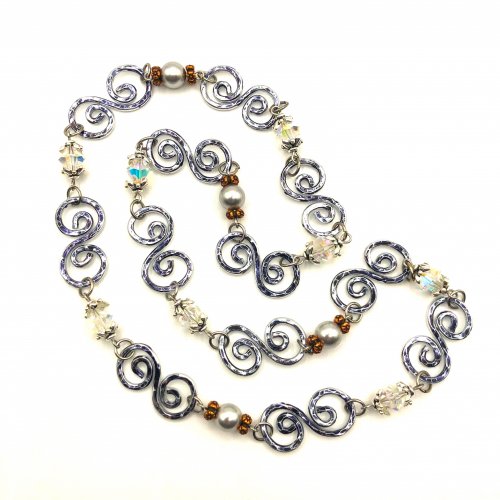
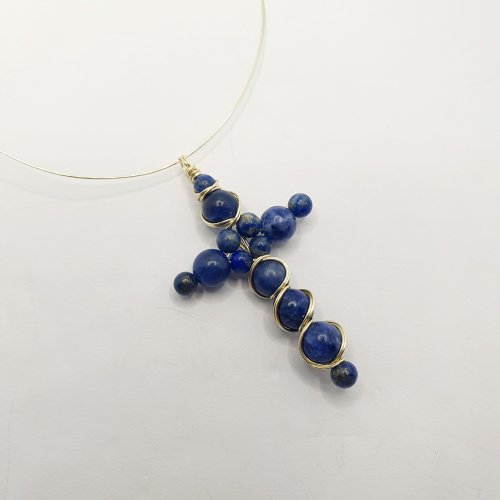
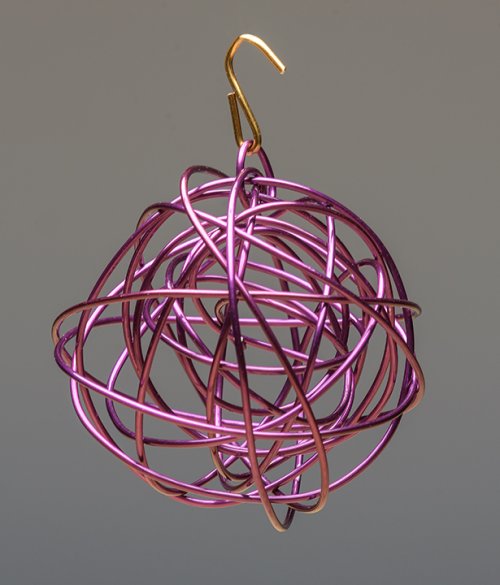



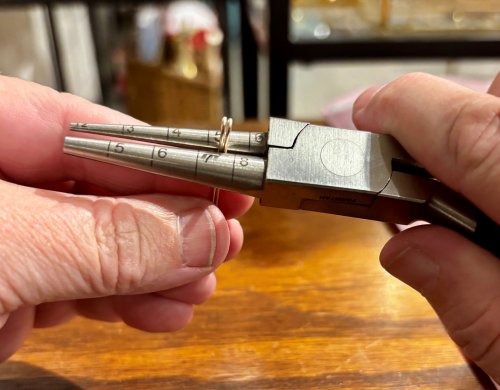
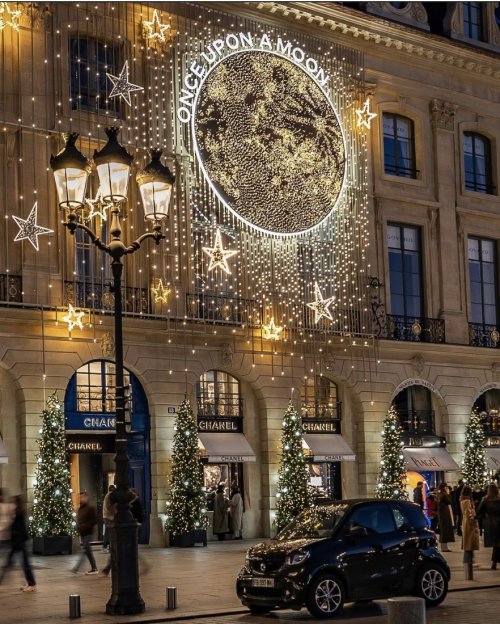

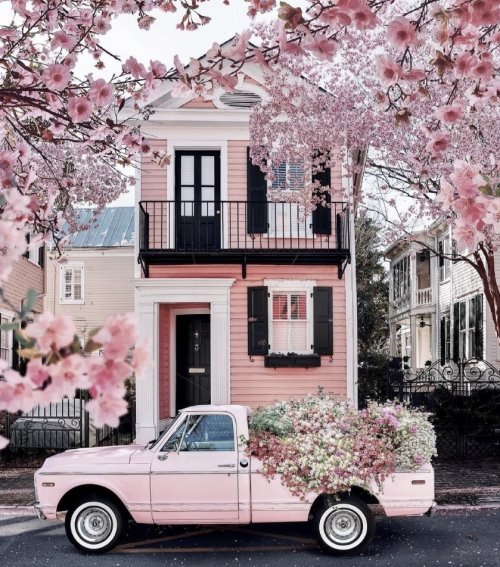

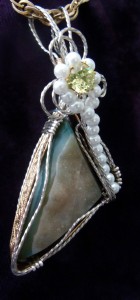

 About Jewelry Chain- About Ball Chain
About Jewelry Chain- About Ball Chain About Jewelry Chain- Snake Chain and Omega Chain
About Jewelry Chain- Snake Chain and Omega Chain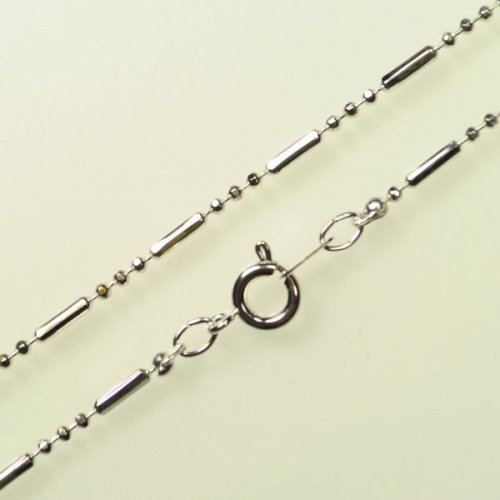 About Jewelry Chain- Bar Chain and Peanut Chain
About Jewelry Chain- Bar Chain and Peanut Chain About Jewelry Chain - Cable Chain and Rolo Chain
About Jewelry Chain - Cable Chain and Rolo Chain About Jewelry Chain- Curb Chain and Gourmette Chain
About Jewelry Chain- Curb Chain and Gourmette Chain About Jewelry Chain- Figaro Chain
About Jewelry Chain- Figaro Chain About Jewelry Chain- Infinity Chain and Anchor Chain
About Jewelry Chain- Infinity Chain and Anchor Chain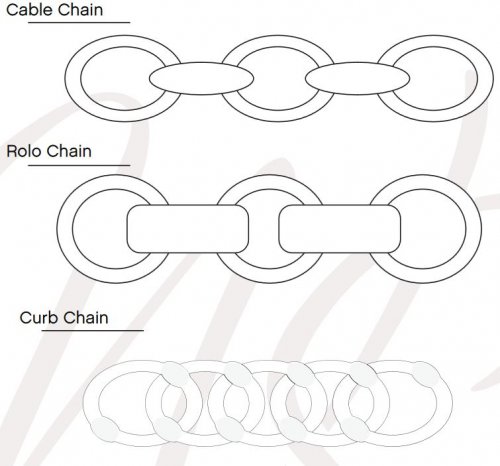 About Jewelry Chain- Chain Reference Sheet
About Jewelry Chain- Chain Reference Sheet About Jewelry Chain- Venetian Chain and Box Chain
About Jewelry Chain- Venetian Chain and Box Chain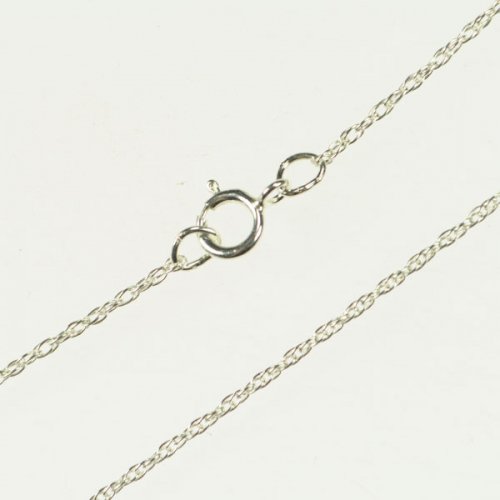 About Jewelry Chain- Wheat Chain and Rope Chain
About Jewelry Chain- Wheat Chain and Rope Chain Introduction to Chain
Introduction to Chain Access More Money by Making Jewelry When Your Prices Are Right
Access More Money by Making Jewelry When Your Prices Are Right An Introduction to Beads and Beading
An Introduction to Beads and Beading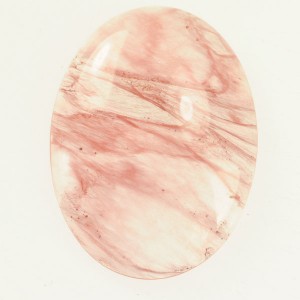 Common Gemstone Misconceptions
Common Gemstone Misconceptions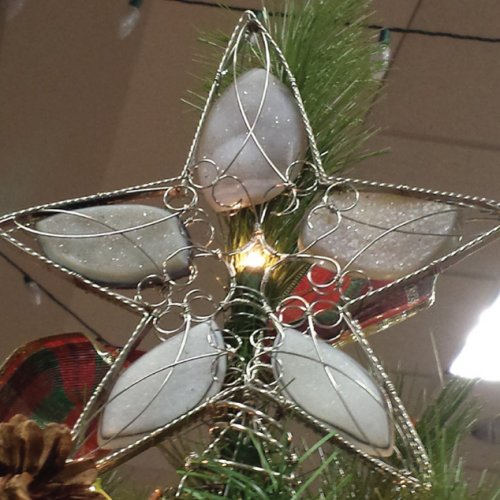 Wire Wrapped Christmas Tree
Wire Wrapped Christmas Tree How To Polish Metal Jewelry using a Rotary Tumbler
How To Polish Metal Jewelry using a Rotary Tumbler How To Polish Your Own Rocks using a Rotary Rock Tumbler
How To Polish Your Own Rocks using a Rotary Rock Tumbler How to Merchandise Your Jewelry on the Internet
How to Merchandise Your Jewelry on the Internet How to Use Twitter as a Wire Jewelry Artist
How to Use Twitter as a Wire Jewelry Artist 20 Ideas to get your Jewelry Biz Busy
20 Ideas to get your Jewelry Biz Busy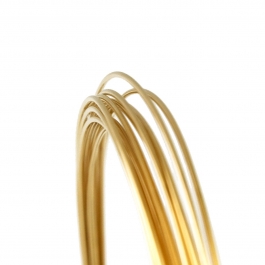 Watching the Precious Metals Market
Watching the Precious Metals Market Jewelry Design Ideas - Get Inspired
Jewelry Design Ideas - Get Inspired Measuring Tools
Measuring Tools July Birthstone - The Ruby
July Birthstone - The Ruby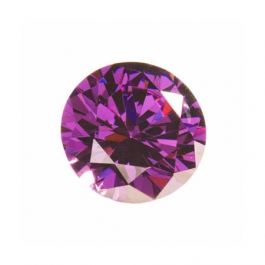 February Birthstone- Amethyst
February Birthstone- Amethyst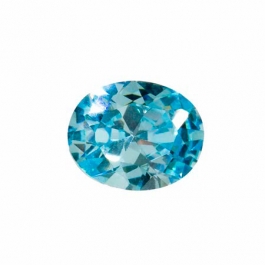 March Birthstone - Aquamarine and Bloodstone
March Birthstone - Aquamarine and Bloodstone September Birthstone - Sapphire
September Birthstone - Sapphire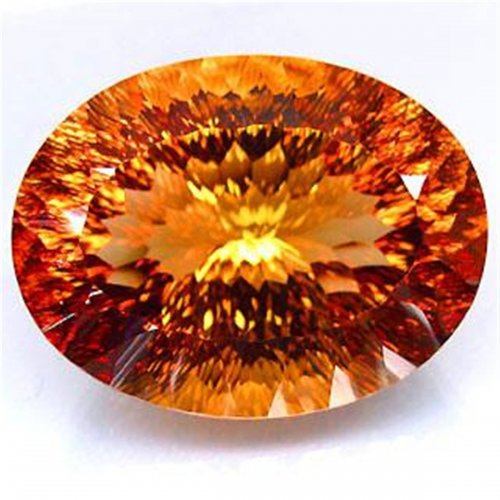 November Birthstones - Topaz and Citrine
November Birthstones - Topaz and Citrine October Birthstones - Rose Zircon, Pink Tourmaline and Opal
October Birthstones - Rose Zircon, Pink Tourmaline and Opal April Birthstone - The Diamond
April Birthstone - The Diamond August Birthstone - Peridot and Sardonyx
August Birthstone - Peridot and Sardonyx June Birthstones - Alexandrite, Pearl and Moonstone
June Birthstones - Alexandrite, Pearl and Moonstone Metalsmithing
Metalsmithing Featured Tool - Mini TruStrike Hammers
Featured Tool - Mini TruStrike Hammers Natural Jasper Stones - Cabochon Gemstones
Natural Jasper Stones - Cabochon Gemstones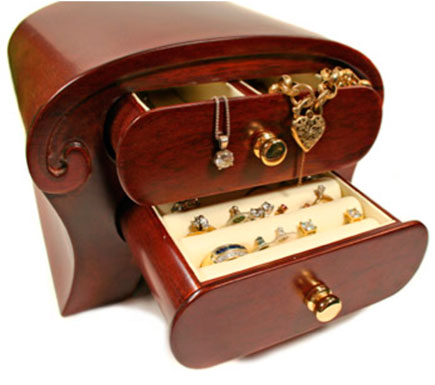 Organize Your Jewelry Box
Organize Your Jewelry Box Pearls- It's a Cultural Thing
Pearls- It's a Cultural Thing Soldering 101
Soldering 101 Starting Your Own Home Jewelry Business
Starting Your Own Home Jewelry Business The Art of Creating Chainmail
The Art of Creating Chainmail Why Should I Be Using Facebook
Why Should I Be Using Facebook Make Handmade Neck Cords on a Dime
Make Handmade Neck Cords on a Dime Tagging Handmade Jewelry Gifts
Tagging Handmade Jewelry Gifts Share Your Expertise with Your Community
Share Your Expertise with Your Community Creating Color Schemes for Jewelry Making
Creating Color Schemes for Jewelry Making Bronze, Brass, Nickel Silver and Copper Base Metals
Bronze, Brass, Nickel Silver and Copper Base Metals Gemstone Treatments
Gemstone Treatments How Wire is Made
How Wire is Made Beading A-B-C's
Beading A-B-C's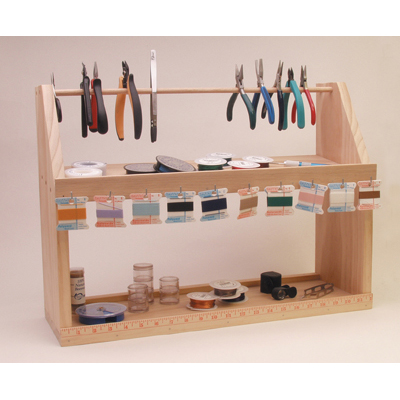 How to Set Up Your Workspace
How to Set Up Your Workspace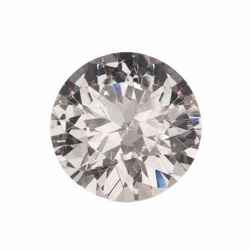 Gem Profile- Diamond
Gem Profile- Diamond Gem Profile- Peridot
Gem Profile- Peridot Gem Profile- Goldstone
Gem Profile- Goldstone Gem Profile- Cryptocrystalline Quartz Introduction
Gem Profile- Cryptocrystalline Quartz Introduction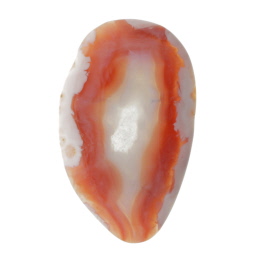 Gem Profile- Banded Agate and Brecciated Agate
Gem Profile- Banded Agate and Brecciated Agate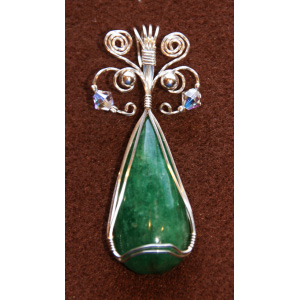 Gem Profile- Emerald
Gem Profile- Emerald Gem Profile- Titanite or Sphene
Gem Profile- Titanite or Sphene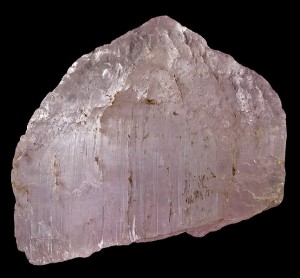 Gem Profile- Morganite
Gem Profile- Morganite Gem Profile- Desert Rose
Gem Profile- Desert Rose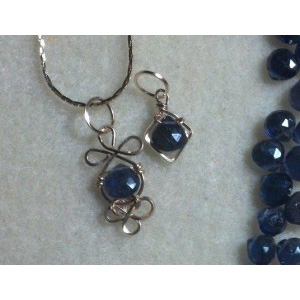 Gem Profile- Iolite
Gem Profile- Iolite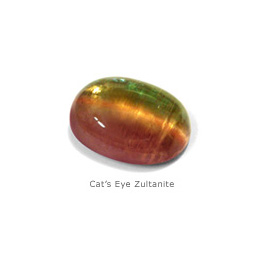 Gem Profile- Zultanite
Gem Profile- Zultanite Gem Profile- Maw Sit Sit
Gem Profile- Maw Sit Sit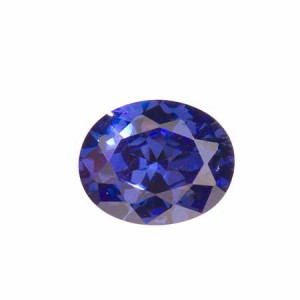 Gem Profile- Tanzanite
Gem Profile- Tanzanite Gem Profile- Aquamarine
Gem Profile- Aquamarine Gem Profile- Turquoise
Gem Profile- Turquoise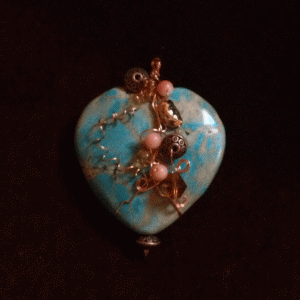 Gem Profile- Turquoise Types
Gem Profile- Turquoise Types Gem Profile- What's Druze
Gem Profile- What's Druze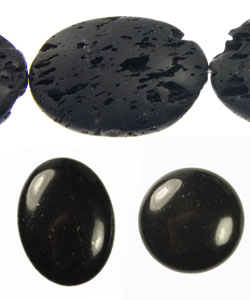 Gem Profile- Basalt
Gem Profile- Basalt Gem Profile- Fordite
Gem Profile- Fordite Gem Profile- Variscite
Gem Profile- Variscite Gem Profile- Pearls
Gem Profile- Pearls Gem Profile- Onyx
Gem Profile- Onyx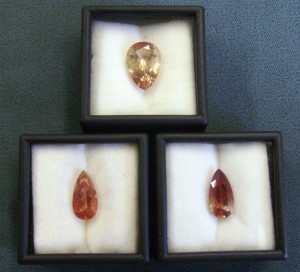 Gem Profile- Sunstone
Gem Profile- Sunstone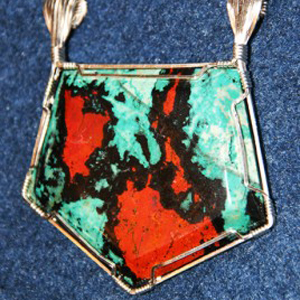 Gem Profile- Sonora Sunrise
Gem Profile- Sonora Sunrise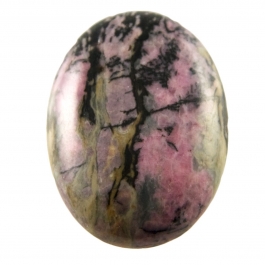 Gem Profile- Rhodonite
Gem Profile- Rhodonite Gem Profile- Glass, Crystal and Quartz
Gem Profile- Glass, Crystal and Quartz Gem Profile- Psilomelane
Gem Profile- Psilomelane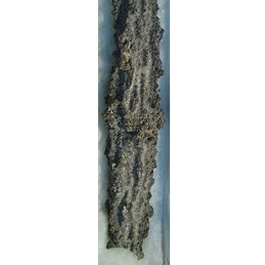 Gem Profile- Fulgurite
Gem Profile- Fulgurite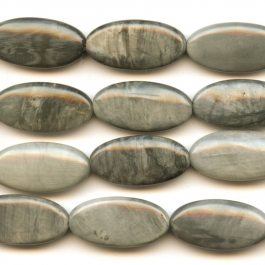 Gem Profile- Cat's Eye
Gem Profile- Cat's Eye Gem Profile- Carnelian
Gem Profile- Carnelian Gem Profile- Petoskey Stones and Indonesian Fossil Coral
Gem Profile- Petoskey Stones and Indonesian Fossil Coral Gem Profile- Rutilated Quartz
Gem Profile- Rutilated Quartz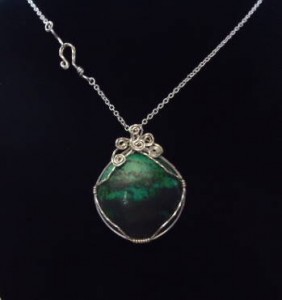 Gem Profile- Chrysocolla
Gem Profile- Chrysocolla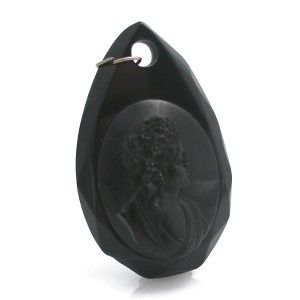 Gem Profile- Jet
Gem Profile- Jet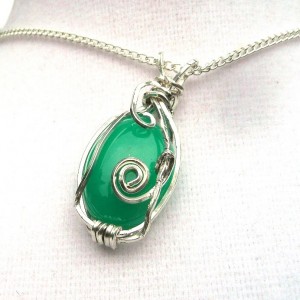 Gem Profile- Chrysoprase
Gem Profile- Chrysoprase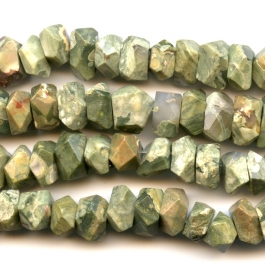 Gem Profile- Rhyolite
Gem Profile- Rhyolite Gem Profile- Chalcedony
Gem Profile- Chalcedony Gem Profile- Lepidolite and Sugilite
Gem Profile- Lepidolite and Sugilite Gem Profile- Unakite
Gem Profile- Unakite Gem Profile- Cowrie Shells, Conch Shells, and Drilling Shells
Gem Profile- Cowrie Shells, Conch Shells, and Drilling Shells Gem Profile- Moss Agate and Plume Agate
Gem Profile- Moss Agate and Plume Agate Gem Profile- Thundereggs and Mexican Lace Agate
Gem Profile- Thundereggs and Mexican Lace Agate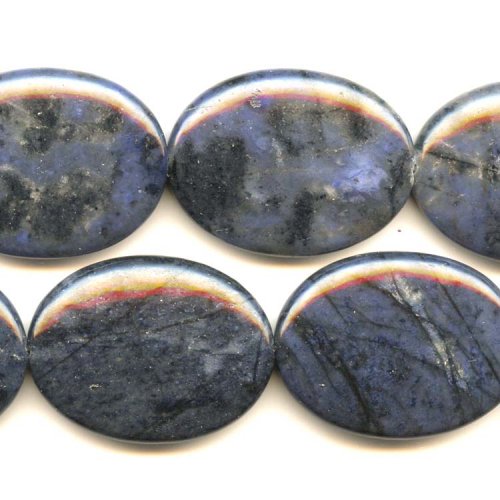 Gem Profile- Dumortierite
Gem Profile- Dumortierite Gem Profile- Apatite
Gem Profile- Apatite Gem Profile- Blue Topaz
Gem Profile- Blue Topaz Gem Profile- Aragonite
Gem Profile- Aragonite Gem Profile- Zircon and Cubic Zirconia
Gem Profile- Zircon and Cubic Zirconia Gem Profile- Topaz
Gem Profile- Topaz Gem Profile- Howlite
Gem Profile- Howlite Gem Profile- Sodalite
Gem Profile- Sodalite Gem Profile- Magnesite
Gem Profile- Magnesite Gem Profile- Cuprite
Gem Profile- Cuprite Gem Profile- Nuummite
Gem Profile- Nuummite Gem Profile- Bronzite
Gem Profile- Bronzite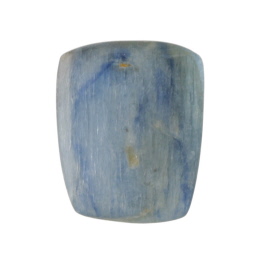 Gem Profile- Kyanite
Gem Profile- Kyanite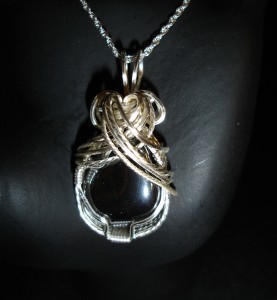 Gem Profile- Hematite
Gem Profile- Hematite Gem Profile- Derbyshire Blue John
Gem Profile- Derbyshire Blue John Gem Profile- Eilat Stone
Gem Profile- Eilat Stone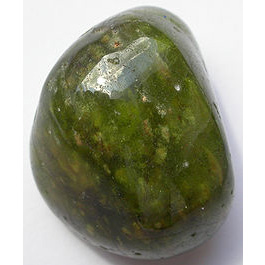 Gem Profile- Vesuvianite
Gem Profile- Vesuvianite Gem Profile- Strontium Titanate -Fabulite
Gem Profile- Strontium Titanate -Fabulite Gem Profile- Tourmaline
Gem Profile- Tourmaline Gem Profile- Larimar
Gem Profile- Larimar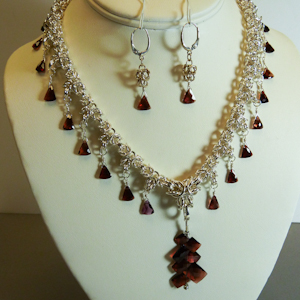 Gem Profile- Garnet
Gem Profile- Garnet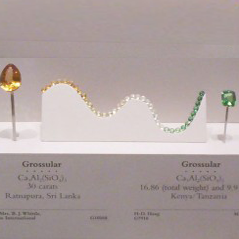 Gem Profile- Tsavorite and Green Garnets
Gem Profile- Tsavorite and Green Garnets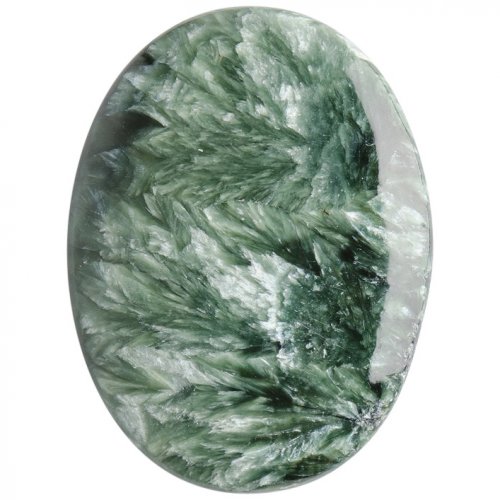 Gem Profile- Seraphinite
Gem Profile- Seraphinite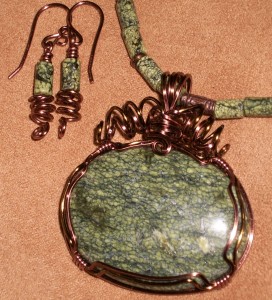 Gem Profile- Serpentine
Gem Profile- Serpentine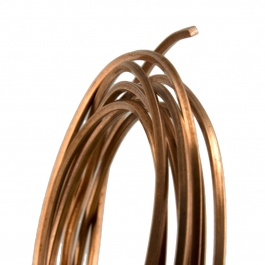 American Wire Gauge
American Wire Gauge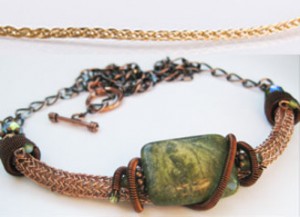 Viking Knit and Spool Knit Chain
Viking Knit and Spool Knit Chain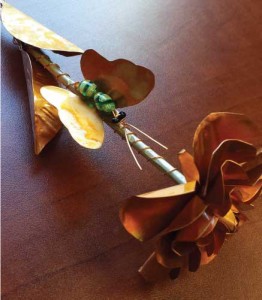 Copper Roses
Copper Roses How to Make Medical ID Bracelets Special
How to Make Medical ID Bracelets Special Remembering the Fallen
Remembering the Fallen 6 Ways to Find Your Uniqueness in Jewelry
6 Ways to Find Your Uniqueness in Jewelry Gem Profile- Moissanite
Gem Profile- Moissanite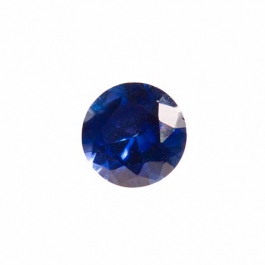 Birthstone Swarovski Colors
Birthstone Swarovski Colors Gem profile- Paua and Abalone
Gem profile- Paua and Abalone Tips for Tucson Shopping- Gem Show Secrets
Tips for Tucson Shopping- Gem Show Secrets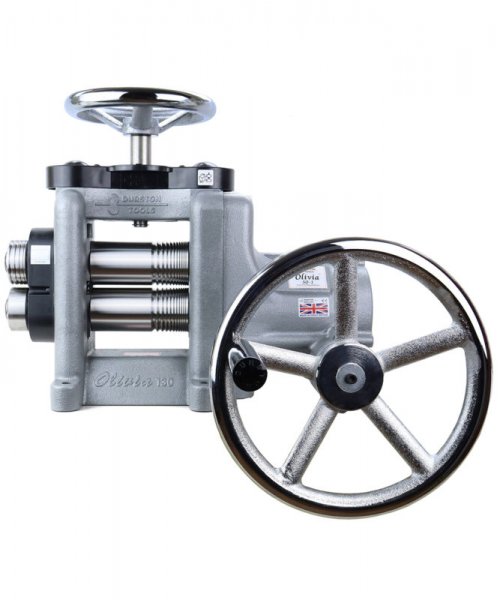 Durston Olivia Rolling Mills
Durston Olivia Rolling Mills How to Use a Jewelry Bench Polisher Effectively
How to Use a Jewelry Bench Polisher Effectively 
